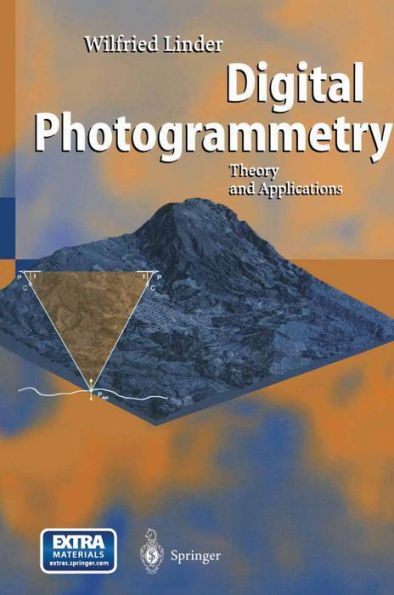Photogrammetry is a science based technology with more than a century of history and development. During this time, the techniques used to get information about objects represented in photos have changed dramatically from pure optic mechanical equipment to a fully digital workflow in our days. Parallel to this, the handling became easier, and so its possible also for non-photogrammetrists to use these methods today. This book is especially written for potential users which have no photogram metric education but would like to use the powerful capabilities from time to time or in smaller projects: Geographers, Geologists, Cartographers, Forest Engineers who would like to come into the fascinating field of photogrammetry via "learning by doing". For this reason, this book is not a textbook - for more and deeper the ory, there exists a lot ofliterature, and it is suggested to use some ofthis. A special recommendation should be given to the newest book from KONECNY (2002) for basic theory and the mathematical backgrounds or to the book from SCHENK (1999) for the particular situation in digital photogrammetry. For a quick reference especially to algorithms and technical terms see also the Photogrammetric Guide from ALBERTZ&KREILING (1989). This book includes a CD-ROM which contains all you need from software and data to learn about the various methods from the beginning (scanning of the pho tos) to final products like ortho images or mosaics.



